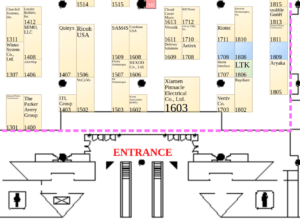Epic Welcome Kiosks Improving Patient Experience
The EPIC Welcome Kiosk is the standard by which all patient check-in kiosks are judged. This is KIOSK Information Systems iteration with case study on it. Contact jsawicki@kiosk.com !
Patient check-in kiosks in healthcare enable self-service registration, appointment confirmation, and information updates. Equipped with touchscreens, these user-friendly terminals streamline the check-in process, reducing wait times and administrative tasks. Found in hospitals and clinics, they enhance efficiency for both patients and healthcare providers.
One survey showed that over half of patients using a patient check-in kiosk found the process preferable to filling out paper forms. A health care kiosk solution expedites the patient check-in process, protects administrative staff by reducing face-to-face interactions with ill patients, and allows patients who prefer to reduce in-person interactions to do so. Because information no longer needs to be manually transferred from paper forms, administrative costs are reduced, and errors are minimized. https://kiosk.com/contact/
LINK TO EPIC WELCOME KIOSK FULL CASE STUDY
At a Glance – Summary
improve overall patient satisfaction
The Challenge
lengthy check-in process that involved filling out paperwork and waiting in line to see a receptionist.
The Solution – EPIC Welcome Kiosk
Implement Epic Welcome Kiosks
The Result with EPIC Welcome Kiosk
Reduced Wait Times – The kiosks have reduced wait times
Improved Data Accuracy – improved data accuracy
Social Distancing
Learn more about Healthcare & Medical Kiosks.
Contact us to start your patient check-in solution.
About KIOSK Information Systems
As an industry leader in the design and manufacturing of complete self-service solutions since 1993, our team of experts provide superior service while delivering complete customized solutions.
End-to-end solutions keep deployments simple while maintaining superior uptime.
- Software Application and Hardware Enclosure Design
- Hardware Integration Module APIs that are licensable
- Flexible Volume Manufacturing
- ISO9001:2015 Certified Quality Systems
- ISO14001:2015 Certified Environmental Systems
- Turnkey Safety Agency Certifications (UL, FCC)
- Fully Managed Deployment, Monitoring, & Field Services



